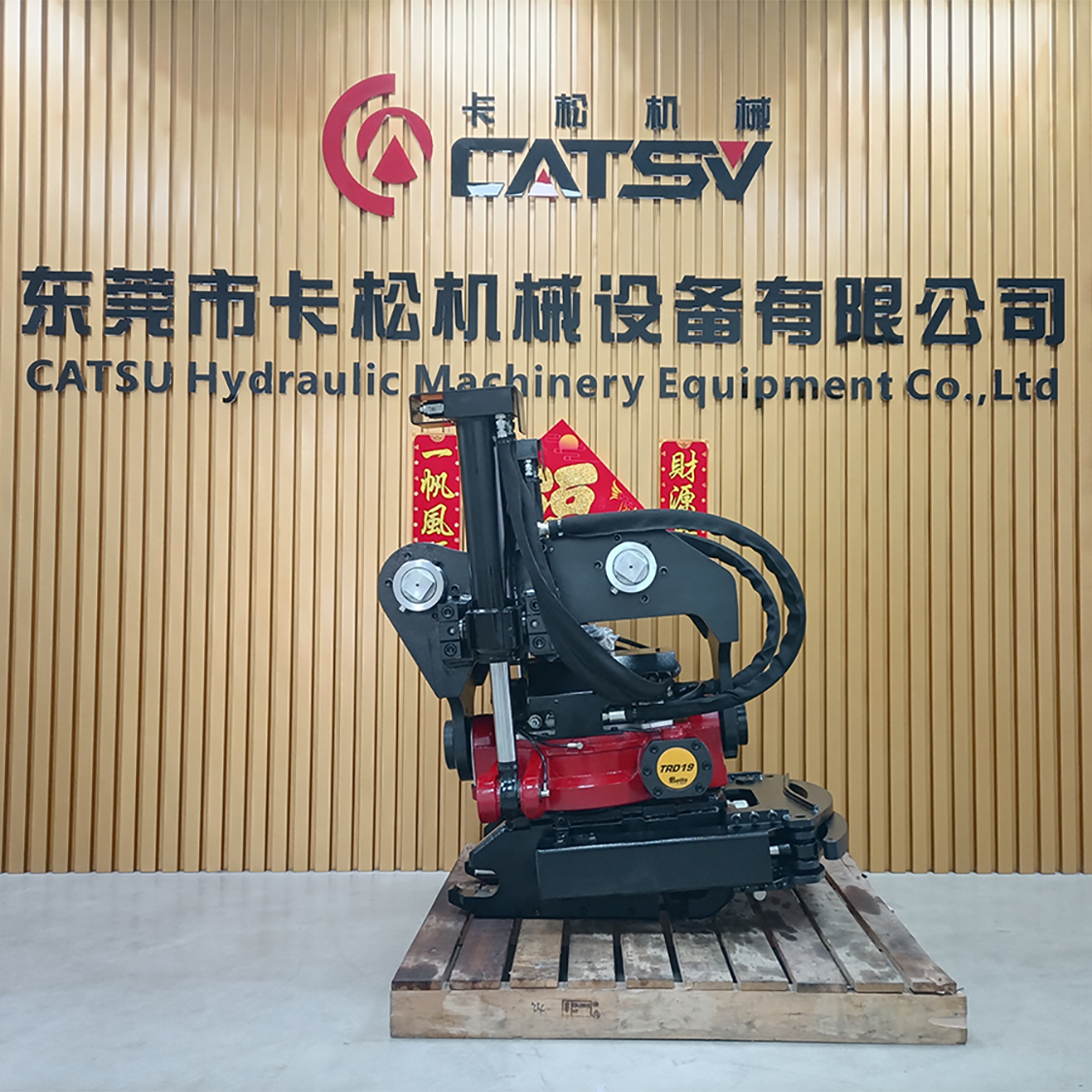Testing the CATSU Tiltrotator involves several steps to ensure its functionality and performance. Here is a general outline of the testing process:

1. Visual Inspection: The Tiltrotator is visually inspected for any visible damages or defects. This includes checking for any cracks, leaks, loose connections, or signs of wear. 2. Mechanical Testing: The tiltrotator undergoes mechanical testing to verify its mechanical components, such as the hydraulic cylinders, bearings, and rotating mechanism. This involves checking for smooth operation, proper alignment, and any abnormal noises during movement. 3. Hydraulic Testing: The Hydraulic system of the tiltrotator is tested to ensure proper functioning. This includes checking hydraulic pressure, flow rate, and responsiveness of the control valves. Any leaks or pressure drops are identified and addressed. 4. Load Testing: The tiltrotator is subjected to load testing to determine its capacity and stability. This involves applying different loads and observing the response of the tiltrotator under various conditions. The load testing ensures that the tiltrotator can handle the intended workload without any issues. 5. Functionality Testing: The tiltrotator is tested for its intended functions, such as rotation, tilting, and locking mechanisms. This includes checking the range of motion, smoothness of operation, and the ability to hold positions securely. 6. Safety Testing: The tiltrotator is tested for safety features, such as emergency stop functionality, overload protection, and fail-safe mechanisms. These tests ensure that the tiltrotator meets safety standards and can operate without posing any risks to the operator or the surrounding environment. 7. Field Testing: Once the initial testing is completed, the tiltrotator is installed on a compatible machine and tested in real-world conditions. This involves using the tiltrotator for various tasks and evaluating its performance, durability, and overall usability. Throughout the testing process, any identified issues or malfunctions are addressed and rectified before the tiltrotator is considered ready for use.



